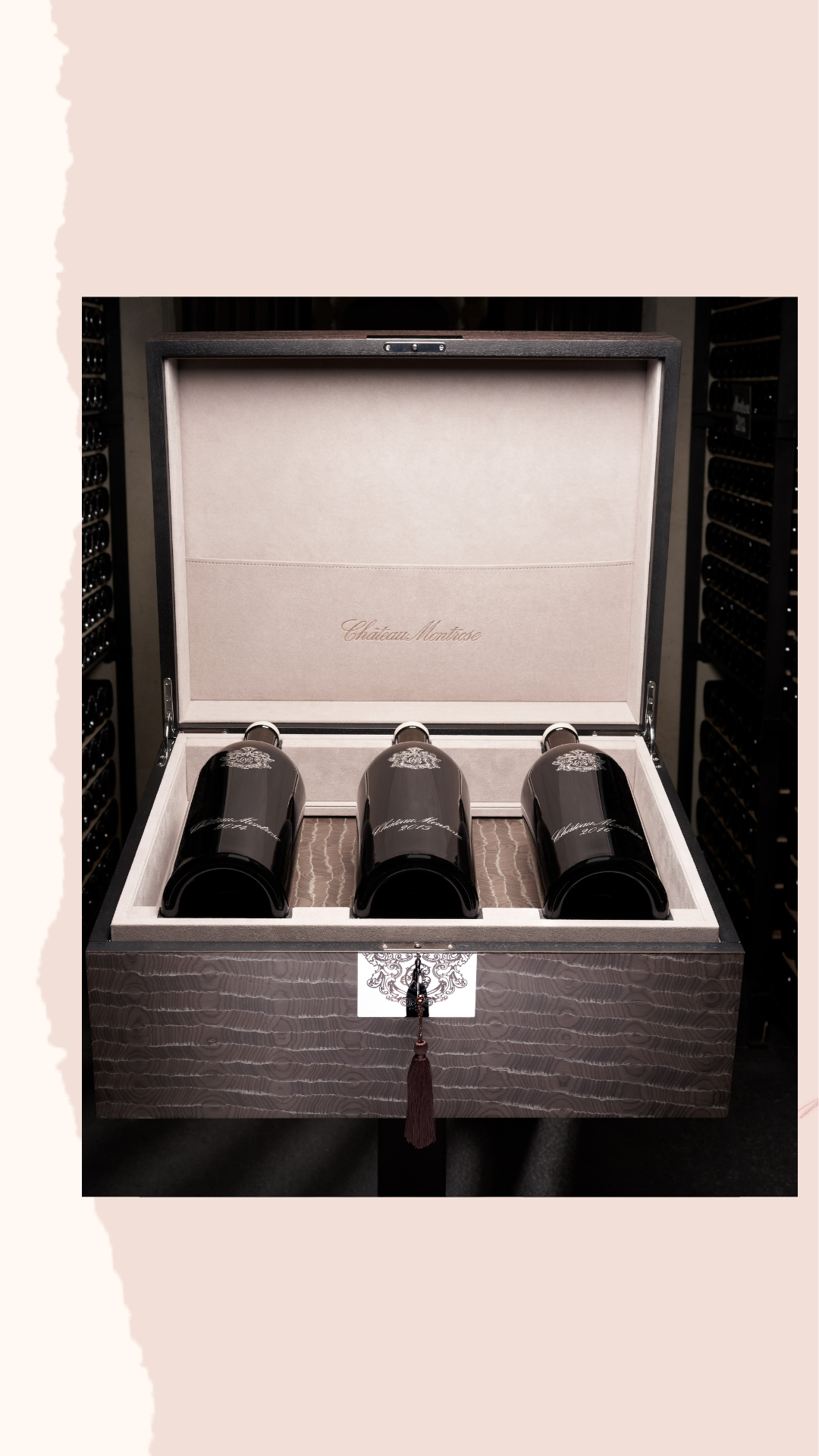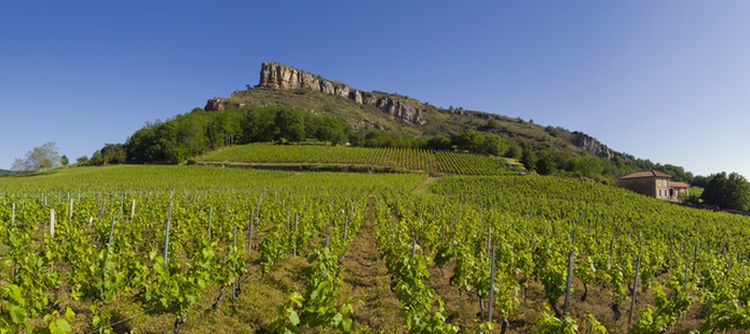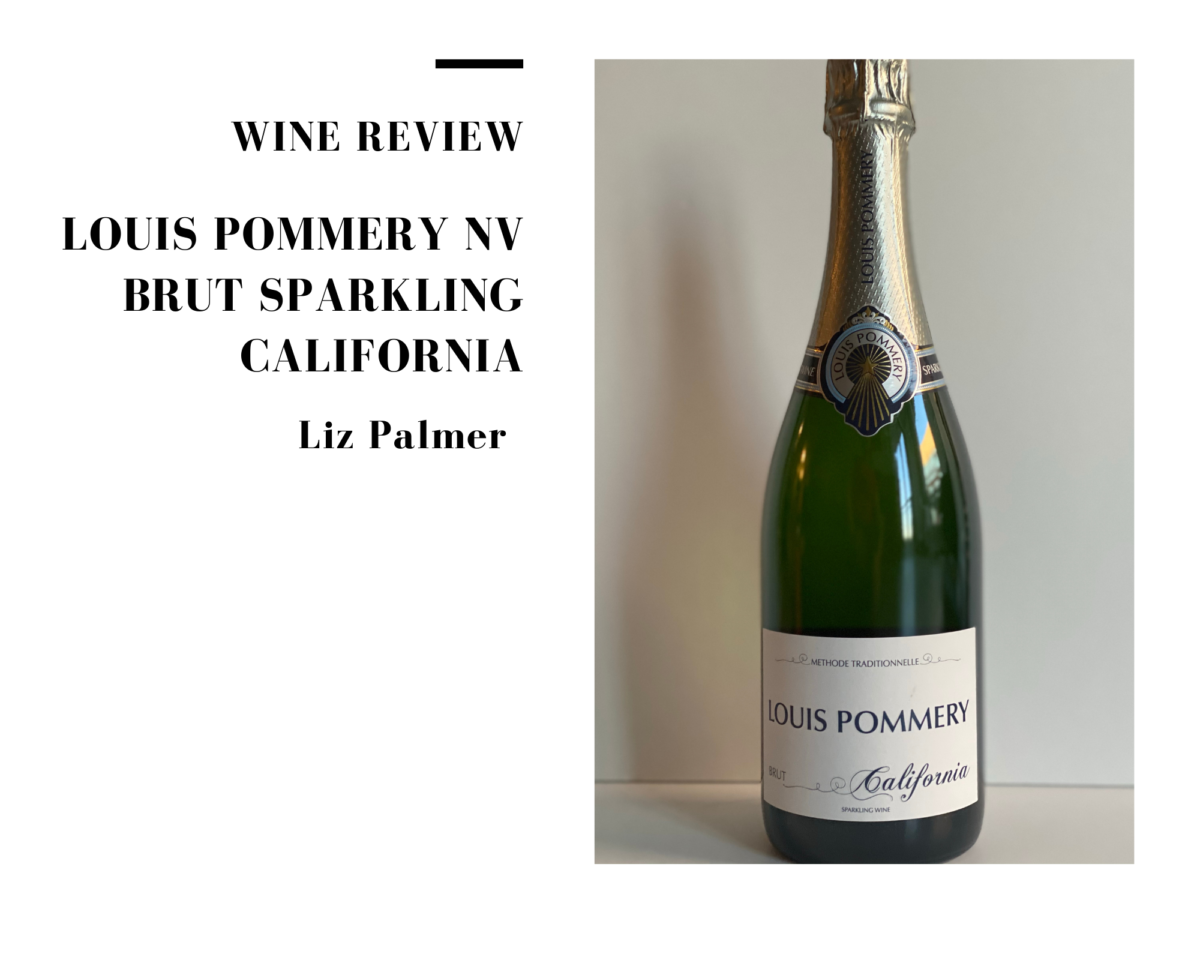To mark the launch of the Bicentenary case, Château Montrose entrusted the sale of case No. 1/200, to Hart Davis Hart Wine’s online “Finest & Rarest Wine Auction”. The auction took place on Saturday 24 October, with bidding closing at $24,000. The winning bidder, a collector from United States, will also be enjoying a memorable experience during a private stay at Château Montrose.
The bicentenary custom-designed case is a true “cabinet of curiosities” with a limited edition of 200 to celebrate our 200th anniversary. Inside are three numbered bottles in a rare 2-liter format: The 2014, 2016, and of course the 2015 bicentenary vintage, reflecting three rich and varied expressions of the Montrose terroir. The case encompasses a cigar box and games compartment, which offers two decks of cards, two sets of dice, a set of dominoes, backgammon,150 casino chips as well as a humidifier and hygrometer.
The remaining 199 Château Montrose Bicentenary Cases will be available upon request : http://www.chateau-montrose.com/en/chateau-montrose-bicentenary-case-an-iconic-aquisition/
#wineauction #finewine #wine #winelovers #winecollectors #wineinvestors #winetasting #fineandrare #chateaumontrose #montrose #grandvin #grandcru #medoc #saintestephe #bordeaux #instawine #tradition #history #wineaddict #drinkbordeaux #redwine #frenchwine #secondgrowth #drinksbusiness #sommelier



![Women in Wine Talks with Chile and Argentina [October 20, 2020] Another Successful Sold Out Event!](https://www.liz-palmer.com/wp-content/uploads/2020/10/Women-in-Wine-Talks-with-Chile-and-Argentina-October-2020-Liz-Palmer-1200x960.png)

